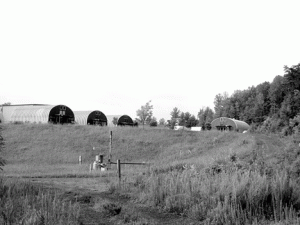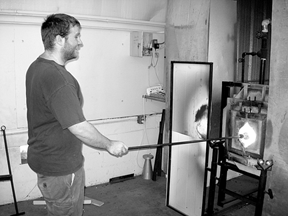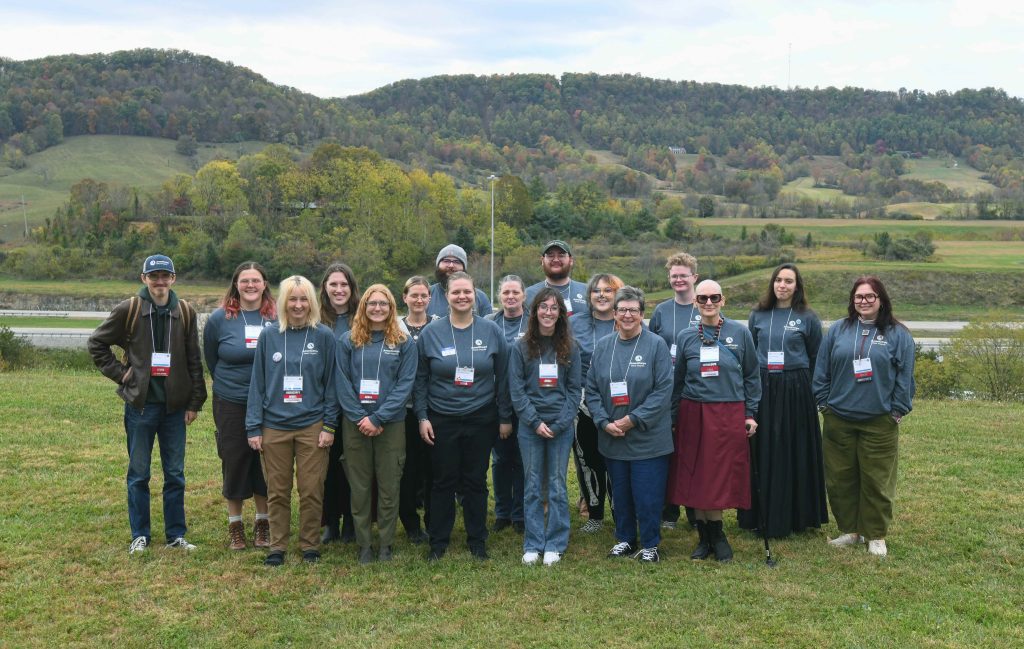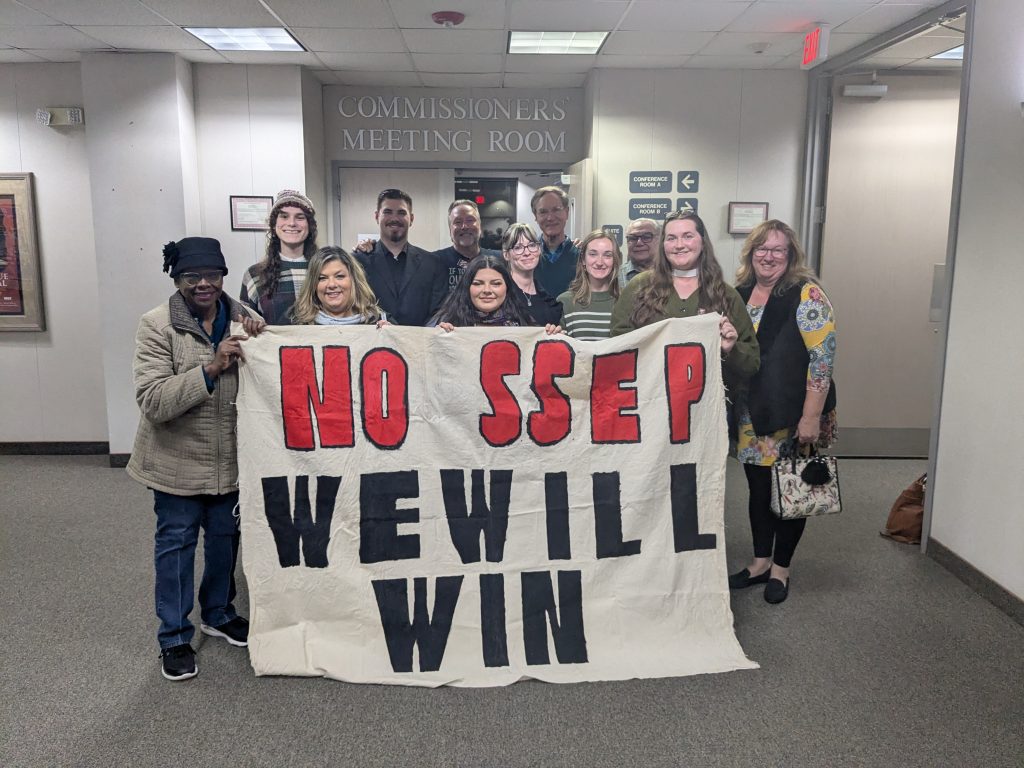Turning Trash Into Glass
Former Landfill Fuels The Pursuit of Art
By Maureen Halsema
Nestled in the Black Mountains of western North Carolina, lies a unique twist on a trash heap.
In 1994, creative minds from Yancey and Mitchell counties came together to discuss the closure of their 21-year-old landfill in Burnsville, N.C. From that mountain of trash sprouted an innovative solution: art studios and green houses fueled and radiantly heated by landfill gas, known as the EnergyXchange.
The Trash Into Gas
As the waste decomposes, a combination of two green house gases is formed—methane and carbon dioxide. When landfills are not equipped with a collection system, the landfill gas is eventually released into the atmosphere, further perpetuating the greenhouse effect.
“Landfills are the largest anthropogenic cause of methane emissions,” said Miriam Makhyoun, research assistant at the Appalachian State University Energy Center in Boone, N.C.
According to the U.S. Environmental Protection Agency, methane gas is 23 times more effective at trapping heat in the atmosphere than carbon dioxide.
When captured and burned, however, methane gas is converted to carbon dioxide, reducing its impact on the atmosphere and helping to curb the effects of global warming.
The EconomicXchange
The 3.5-acre landfill that fuels the EnergyXchange is covered with 18 inches of compressed clay to trap the gas. Collection wells tap into the landfill and extract the gas, which is piped to the EnergyXchange and burned to fuel the campus’ glass ovens and pottery kilns as well as to run boilers to heat the art studios and green houses.
The EnergyXchange estimates that over the course of the landfill’s 20 to 25-year gas producing cycle, they will have saved $1 million in energy costs.
After conducting a feasibility study of the center, the EPA determined that the project’s environmental impact is equivalent to planting 14,000 acres of trees or taking 21,000 cars off the road in North Carolina each year.
An Artisan Impact
In addition to the clay and glass studios, the EnergyXchange campus is also home to four greenhouses featuring horticulture and aquaculture projects, seven cold frames and a craft gallery where visitors can purchase artwork from the resident artisans.
The residencies offered by the EnergyXchange allow artists to create pottery and glasswork using the methane gas free of charge, significantly reducing the inherent costs associated with these arts. They also help mentor artists in developing the business aspect of their work, offering a gallery to market their creations.
“A lot of the artists that stay with us and do the residency program end up staying in the region and continue their own artist businesses,” said Dan Asher, executive director of the EnergyXchange. “It adds more artisans and money to the economy while giving them the opportunity to establish the ability to do that.”
The campus greenhouses are famous for their native rhododendrons and azaleas, particularly the Flame azalea, all grown from locally collected seeds. There is also a demonstration aquaponics project featuring a tilapia fish farm that recirculates water from the tanks to herbaceous plants.
The EnergyXchange is both a haven for artisans and native horticulturalists and a teaching center, serving as a prototype for economic diversification and energy recovery programs.
“We are supporting the economy as a demo and model type place,” Asher said. “Just in the past five months, we had government and tourism officials and artists visit from Canada, India, Mexico and Brazil to look at our project and bring it home with them. We estimate about 3,000 to 5,000 visitors a year at the EnergyXchange.”
The center currently supplements the landfill gas energy with solar panels, wood wastes and cooking oil in preparation for the sustainable transition when the gas resource is exhausted.
“We are looking into other options in the years to come, so we are ready for when the gas does go out,” Asher said. “Sort of a piece-by-piece transition off the landfill gas.”
To find out more about this project, artisan residencies or to check out their gallery, click to EnergyXchange.org.

Leave a comment
Your email address will not be published. Required fields are marked *







Leave a Comment